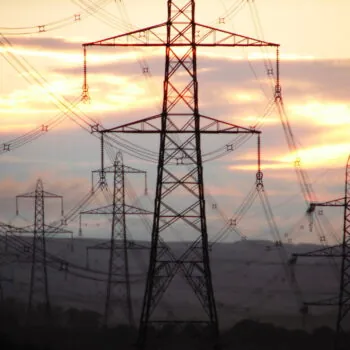A varied group of officials and civil society stakeholders met on the morning of November 28 to discuss progress and remaining hurdles on the road to a deal on electricity market design, during a breakfast debate organised by ClientEarth and E3G. This event summary attempts to summarize the main points emerging from the discussion (but it does not claim to be exhaustive).

- Let’s recognise progress: Progress on the topics of consumers was applauded by Florian Ermacora of the European Commission, who also mentioned he thought an agreement was very much in sight on regulated prices.
- Deal or no deal? Several Parliament officials expressed concerns regarding the lack of flexibility shown by the Council in the negotiations, in particular in the context of the negotiations on capacity mechanisms. The Parliament is standing firm on its position: MEP and Shadow Rapporteur on the electricity market design Florent Marcellesi declared that there would be no deal if Member States were not ready to compromise to phase out subsidies to coal and make the market design compatible with the Paris Agreement.
- Word of the day: coherence. Speakers and participants called for coherence between the new framework on electricity market design and existing commitments and legal obligations.
Coherence with the EU’s decarbonisation objectives– the Make Power Clean campaign, for instance, expressed serious concerns about the recent Austrian presidency compromise on capacity mechanisms, which would leave the door open for subsidies well into the 2030s and exempt existing mechanisms from the need to comply with stricter emissions limits.
Coherence with the Internal Energy Market and Treaty: Dansk Energi pointed out concerns about whether the proposition allowing a limitation of available interconnection capacity is in line with the fundamental principle of free movement of goods between Member States in the electricity market
More specifically, speakers and participants issued the following recommendations…
- On capacity mechanisms: Capacity mechanisms should be applied as last resort and on the basis of adequacy concerns identified by a European resource adequacy assessment. Emissions limits must apply to new plants from the entry into force of the recast Electricity Regulation, and as soon as possible for existing plants. Emissions limits should apply to all capacity mechanisms, including recently approved ones.
- On capacity allocation and congestion management (Art 14): Legislators should set a reference value for calculating the minimum levels of available capacity for cross-zonal trade that is clear, ambitious, and ensures maximisation of cross-border capacity.
- On priority dispatch: the Member States should be allowed to maintain priority dispatch for small-scale renewables and citizens energy communities.
- On ACER: ACER should have strong oversight powers over regional and pan-European entities, and a strong role in overseeing the resource adequacy assessment process to ensure consistency with relevant rules on methodology and non-discrimination against non-conventional energy resources, such as renewables, demand response, and interconnected capacity. ACER should also be independent and adequately resources to be fully effective in undertaking its monitoring duties.


